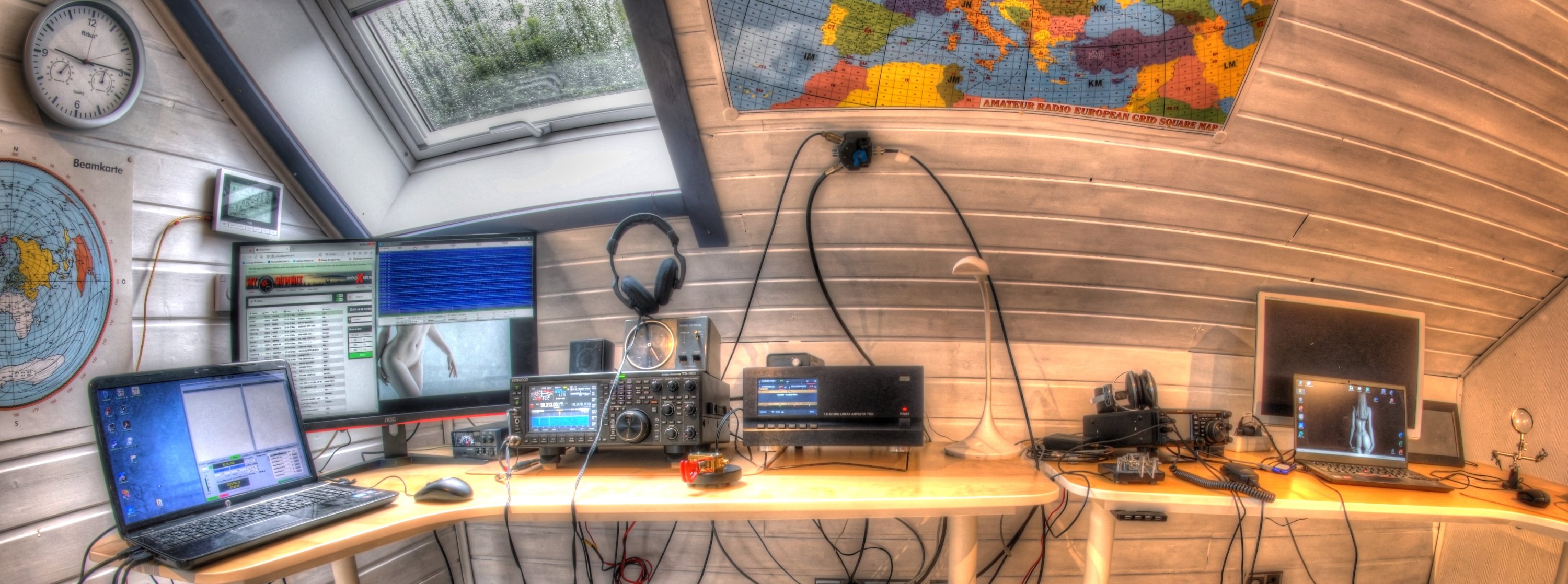
The history of DM3XRF
I started to enjoy amateur radio in 1973 as a 15 year old teenager, when I watched the first
AM(!) ham-signals in my just finished one-diode detector receiver for local broadcast. It was
Walter, DM3RF on 80 m, a pioneer of the East German ham society. A few month later I joined the club
and immediatly started to practice Morse Code. After 6 month I held my SWL-license on hands:
DM 7102/F. In 1974 I was licensed as DM3XRF, one of the youngest hams in the GDR at that time.
Since commercial equipement was not available, we had to use the radio of our club. We
started with an "10RT" as RX (part of a reconstructed russian tank radio) and a home-brew 3-valve
TX with 20 W input at an W3DZZ antenna. In 1976 we "purchased" our first 5-band SSB
tranceiver, the famos "Teltow 215" (the most left in the picture).
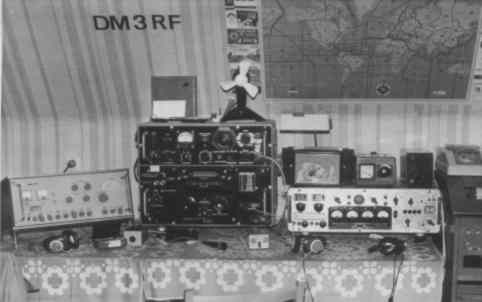 It opened the world of high bands to us. After changing our QTH, we could eject 4 towers for dipoles and a 2-el. triband Quad at 30 m/100ft!! From this point
of time I really ENJOYED the hobby!
It opened the world of high bands to us. After changing our QTH, we could eject 4 towers for dipoles and a 2-el. triband Quad at 30 m/100ft!! From this point
of time I really ENJOYED the hobby!
The final breakthrouh was brought by an (once again) home-made linear amplifier, pushing 1 kW of
RF to the antennas.
Early I started to participate in amateur radio contests. WAE fascinated with QTC's, WPX and WADM/WAG
with real pile-ups. CW was (and is) the only choice for a real contest feeling ...
My logbook filled well in 1980, when the Y2-prefix was issued for GDR and my call-sign changed
to Y39XF. At this time I graduated in the former USSR, activating from time to time the call
UK1AAE, the club station of the Leningrad's Pioneers Palace.
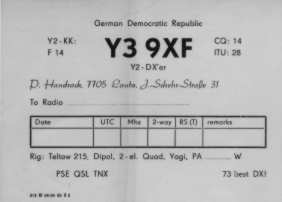
After return to Germany I changed to Berlin and joint the Radio Club of Humbold
University, using Y54SO. My activity was rather low at that time :-((
Things changed again in 1990, Y2-land became a deleted country (in the real sense of the word!), I
moved 750 km apart from Berlin and got DL4VAD.
I started to use this call with an old FT 101 ZD and a FD4 wire antenna from the 4-th floor of
a city location. DX-ing became real hard, but I never gave up ... A short but nice episode was my activity
in the "Saar-Loraine DX-Club", where I was a founding member. I used to be TM3M at this time and we had a lot of
fun from different locations.
For three years my radio activity
was close to nil - the own QTH had to be constructed!! In 1994 we finally moved, and one year later
the antenna tower was under construction. A dream became true, my own DX and contest station. Improving
hard- and software step by step, today I'm using the equipement, listed below. To make it perfect, the
German Telecom Regulators allowed in 1997 to apply for the old East German call signs, what I did
immediatly :-)) This was the final proof, that I'm getting older.
Contesting received a new kick in September 2005, when one of the new "short suffix" call signs was assigned.
So listen for DM3M in contests now!
New experience: 6 m and 60 m
End of 2016 German authorities finally released 60 m for amateur radio operation. Since new band allways are a challenge, I had to
modify my TS 870 for operation on this frequency immediatly. Than it was to extend the 40-m-dipol a little, and the race bagan ;-) Up to to now I worked 75 DXCC entities
on this band.
Encouraged by this success I decided to double the fun. After some experiments with a 10-W-transverter I replaced my TS 870 by a TS 590, including the 50 MHz band and added a 3-el. Yagi.
I had a great Es-season 2017. At the beginning of 2018 I did my first contacts on 6 m via meteor-scatter, a really big thing.
On xmas 2020 St. Clause pushed a new station transceiver throuh the tube: TS890 - A great piece of electronics! Look for me on 70 MHz (if authorities allow ..)
And now: 4 m!
With beginning of the sporadic E season my delta loop for 70 MHz (7 m up) was ready for use. And I couldn't believe what happend - within a few days of good openings I had more than 100 QSO's, 19 DXCC's and 45 grid squares in my log. The ODX is EA8DBM with 3.100 km. Not so bad compared to the actual high scores.
VHF/UHF
Beeing an old fashioned short wave guy, it was a big step for me to go to 144 MHz and above. I don't have a good VHF/UHF location, but may be satelites will work? On my RSP1 SDR and the Hexbeam I could receive signals from LEO satelites quite well, and so I hoped that they could receive my signals as well.I replaced the TS 590 by an YAESU FT 991 A, which offers the 2 m/70 cm option. As antennas I choosed Turnstile cross-dipoles for both bands, following some recommendations from the web.
First experiments showed that's not so easy as I supposed, but I made a few contacts via RS 44 in CW and via TEVEL 5 in FM. Maybe it needs more experiece ..
My actual station set-up
short wave
- Kennwood TS 890 SG
- ACOM 700S
- antennas: Hex-Beam (EAntennas via WIMO) for 6 up to 20 m; dipoles for 30, 40 and 80 m; Home brew delta loop for 4 m; for 60 m "extensions" are added to the 40 m dipole; for 160 m actually some kind of L-Antenna (40 m wire vertical/horizontal + 3 radials) is under test.
- Heil Proset Elite (HC6)
- magnetic keyer by HA8KF
V/UHF
- Yaesu FT 991 A
- antennas: Turn-style cross dipoles
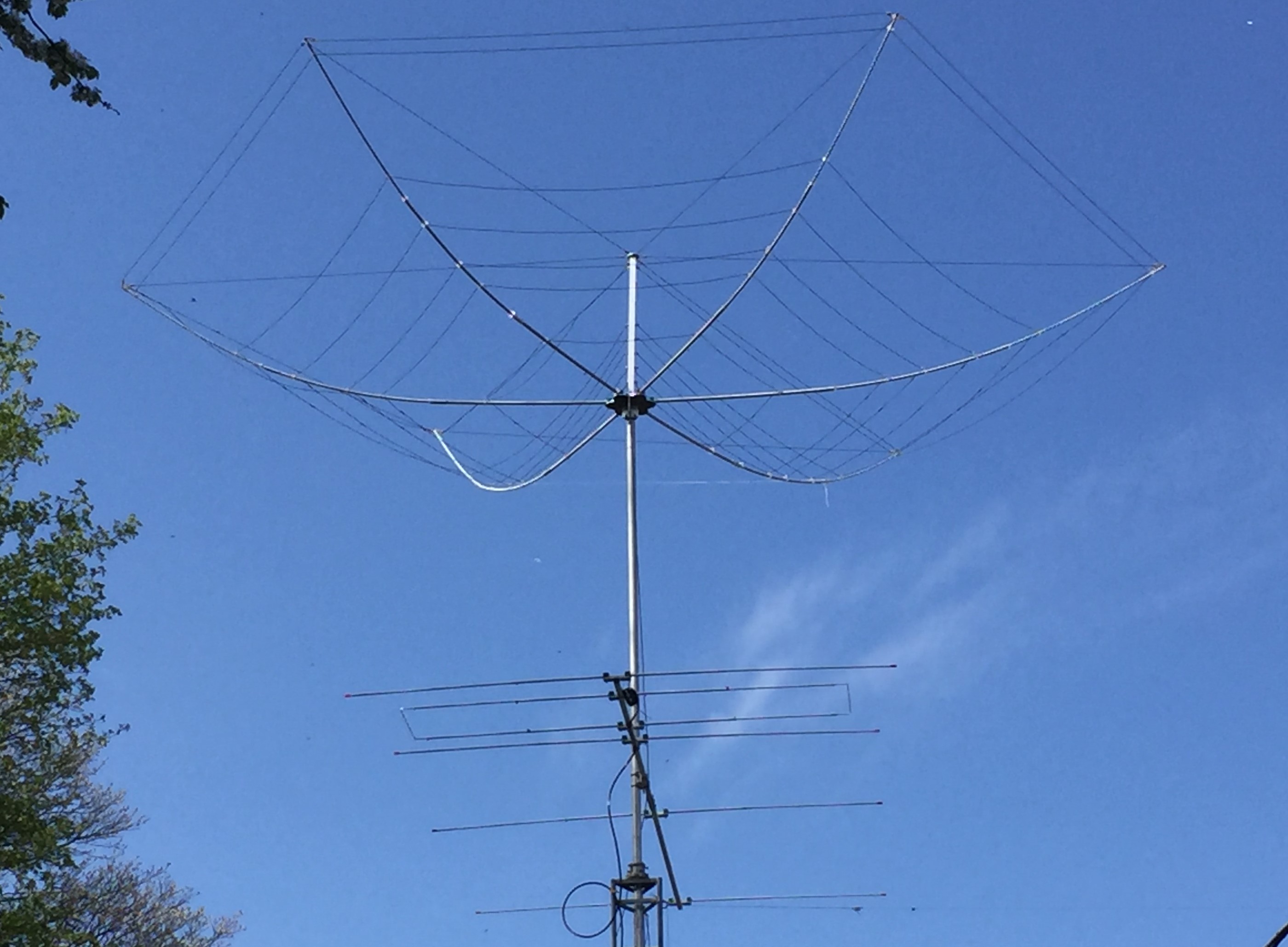
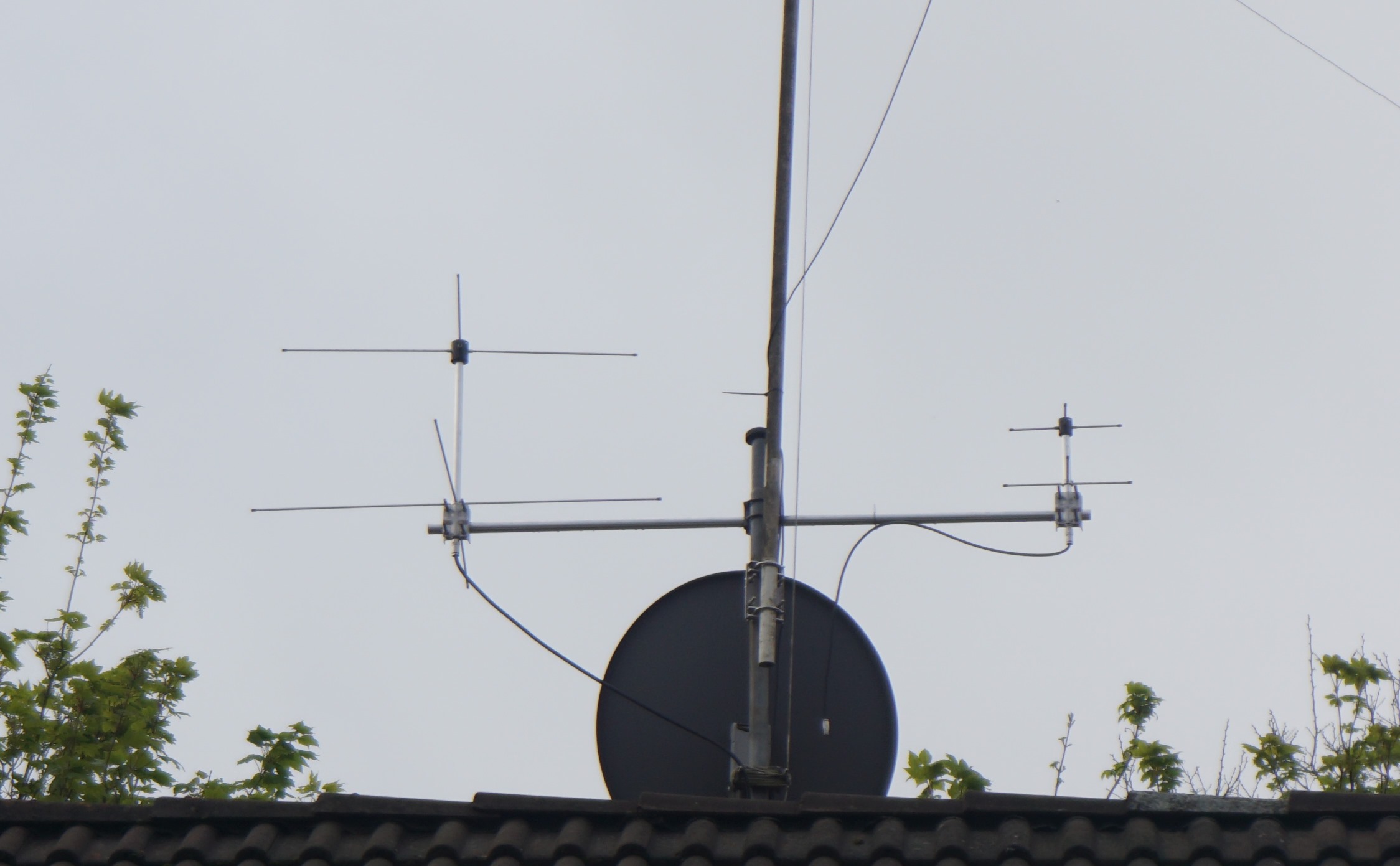
DXCC-standing
(count July 2023, including LOTW and eQSL confirmations)| CW | SSB | RTTY/ digi |
SSTV | SAT | total | |
| 160 m | 72 | 25 | 58 | - | - | 80 |
| 80 m | 102 | 72 | 96 | 5 | - | 153 |
| 60 m | 24 | 4 | 115 | - | - | 116 |
| 40 m | 161 | 87 | 121 | 2 | - | 207 |
| 30 m | 119 | - | 148 | - | - | 189 |
| 20 m | 221 | 164 | 114 | 29 | - | 282 |
| 17 m | 126 | 53 | 165 | - | - | 218 |
| 15 m | 214 | 170 | 122 | 8 | - | 276 |
| 12 m | 92 | 29 | 111 | - | - | 172 |
| 10 m | 154 | 128 | 106 | 1 | 4 | 220 |
| 6 m | 47 | 23 | 97 | - | - | 99 |
| 4 m | 5 | 0 | 38 | - | - | 38 | 2 m | 3 | 0 | 14 | - | 2 | 14 |
| total | 296 | 266 | 211 | 34 | 5 | 321 |
QSL-policy
Even though Germany doesn't belong to the most wanted DXCC countries, someone may need to have DOK Q07 confirmed. In this case I still prefer paper QSL.
But I can't close my mind to progress, that's why I joined LOTW and eQSL as well.
Awards & Certificates
Allthough I'm not an active hunter of certificates, over the years I obtained one or another award. E-QSL-ing makes it much easier today ;-) The most interesting you find here. And you can have a look on some historical and some actual contest certificates just here.
Important links
There are a lot of amateur radio homepages (just like this, hi), but there are few with real usefull content. Here are some of them for active DX-ers and contesters:
| DX-Summit | Real time DX-spots from clusters around the world. An absolutely 'must' |
| "QRZ" | The most important adress to get a qsl-route |
| N1MM Logger |
The best contest-logging- tranceiver-controling-internet-cluster-connecting software ever written... |
| Log4OM | One of the best logging software I know about. |
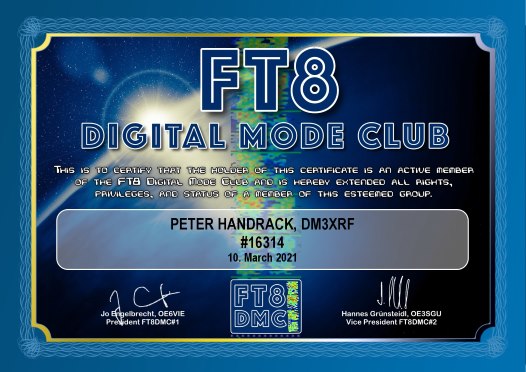 |
FT8 Digital Mode Club |
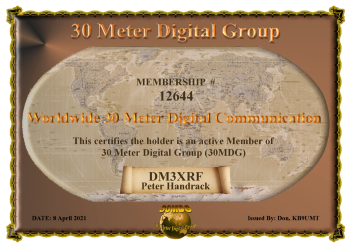 |
The 30 m Digital Group |
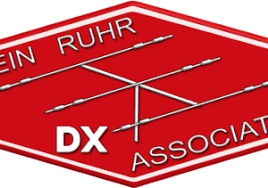 |
The Rhein Ruhr DX Association |